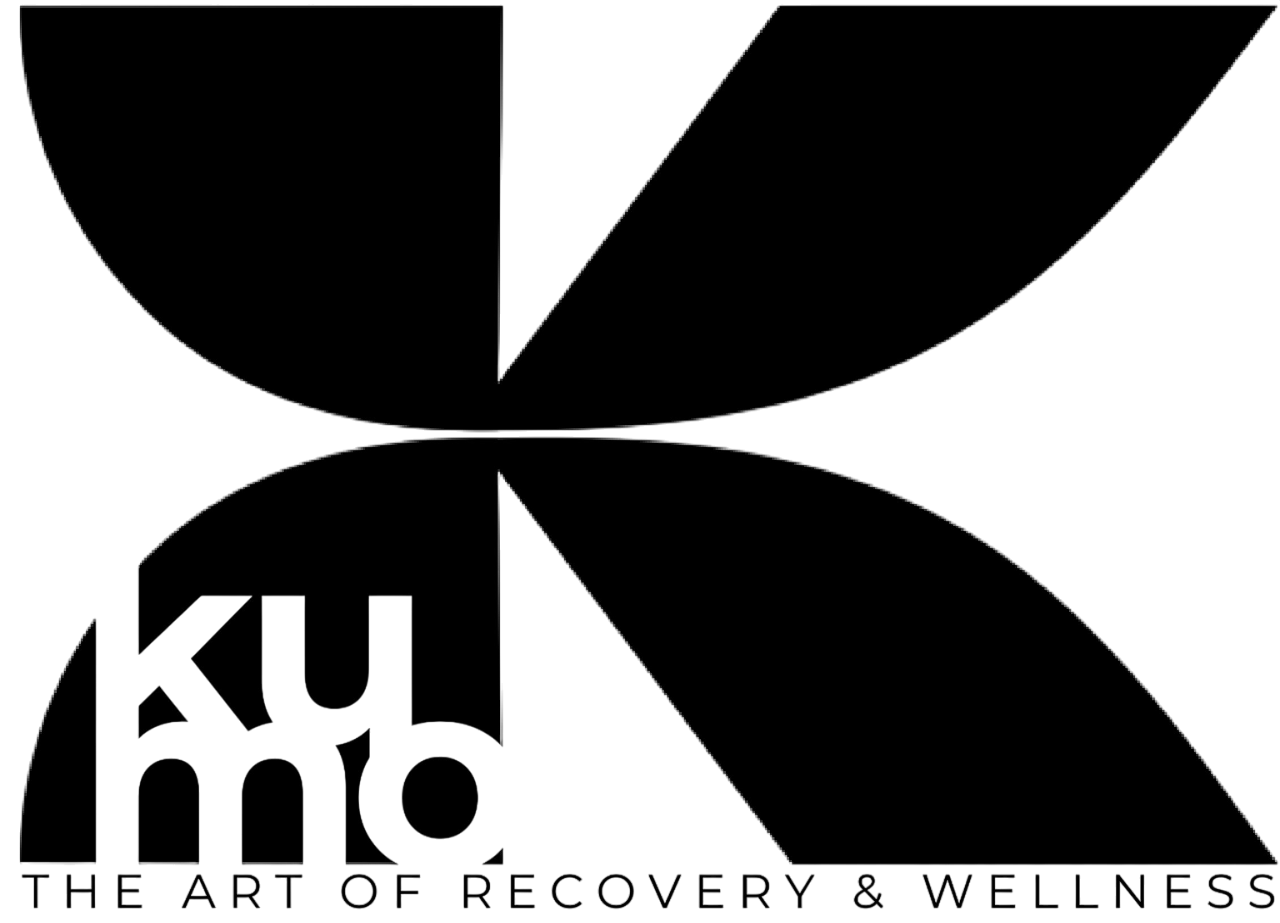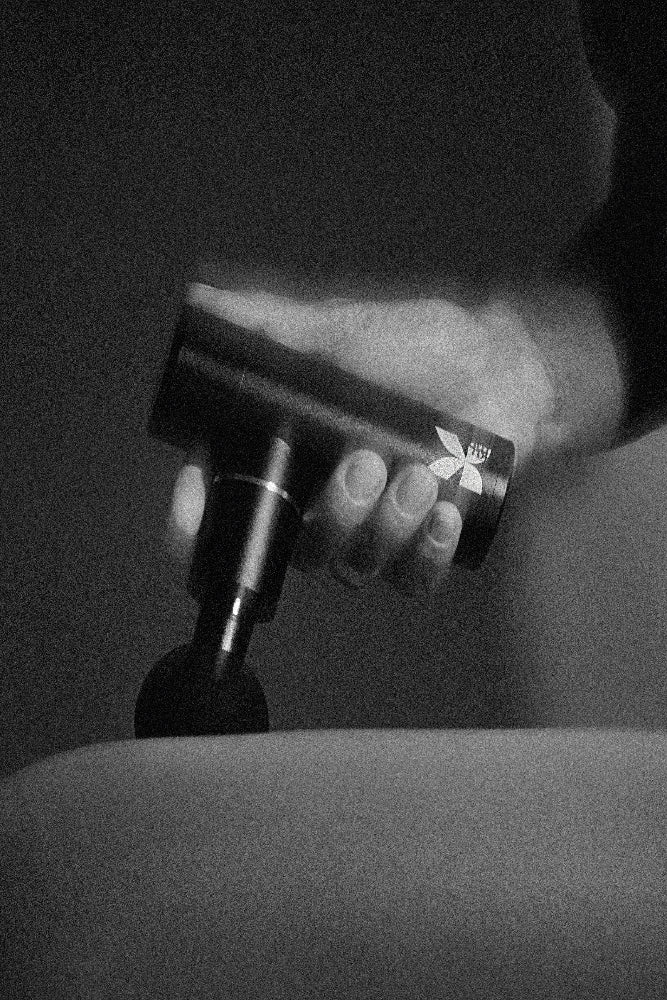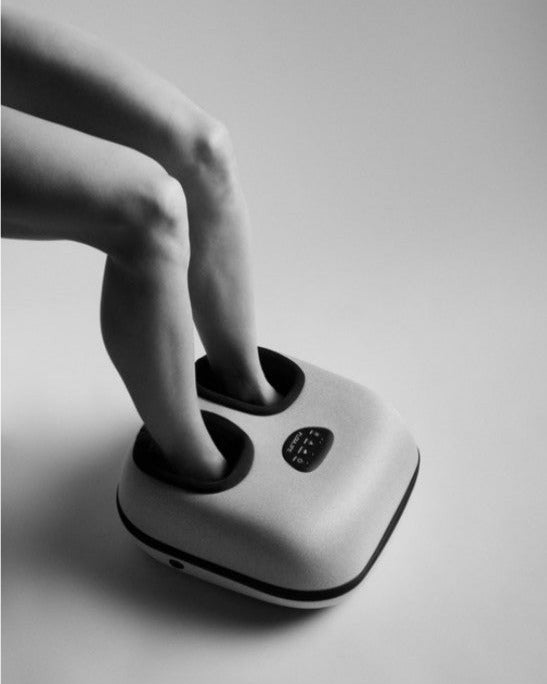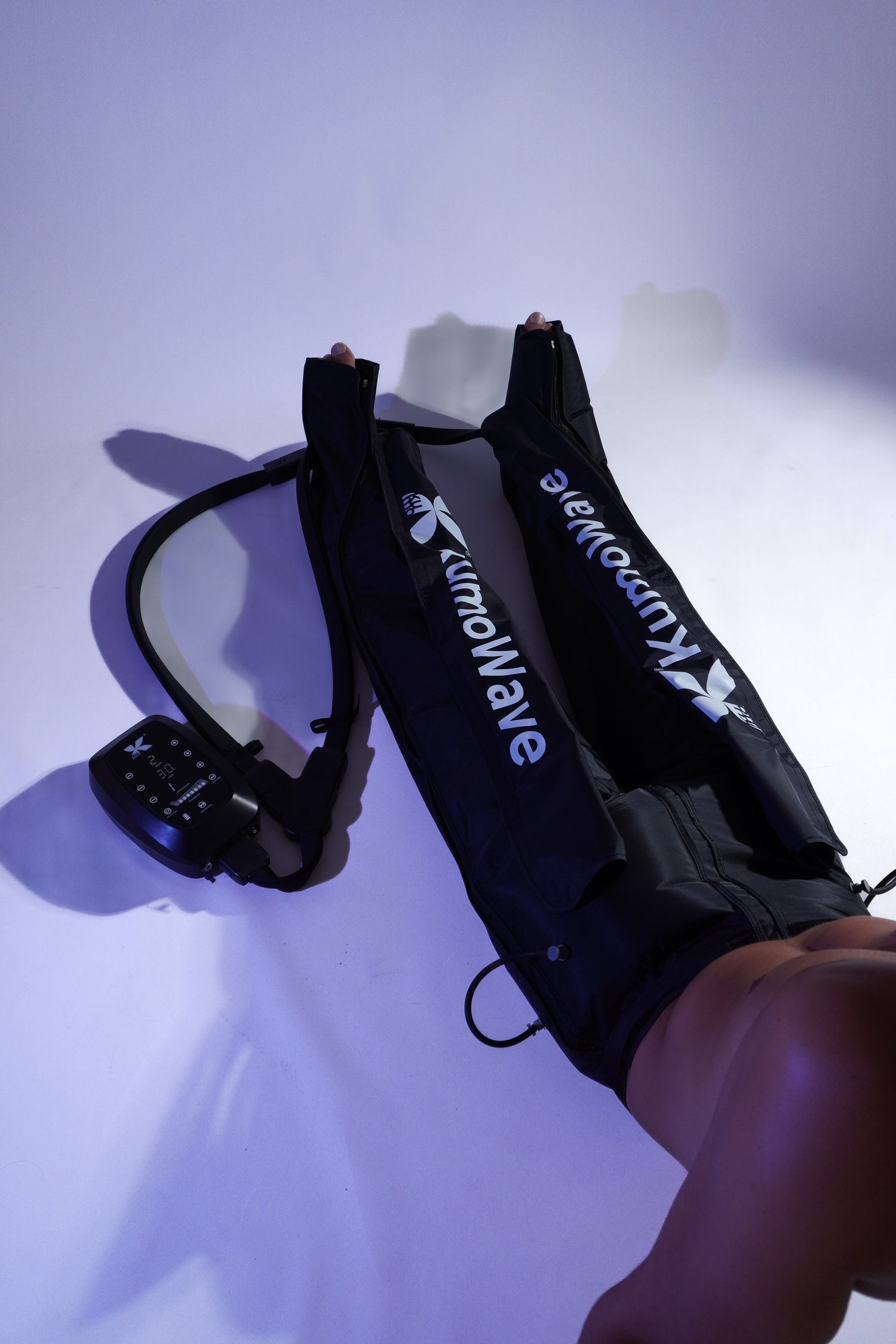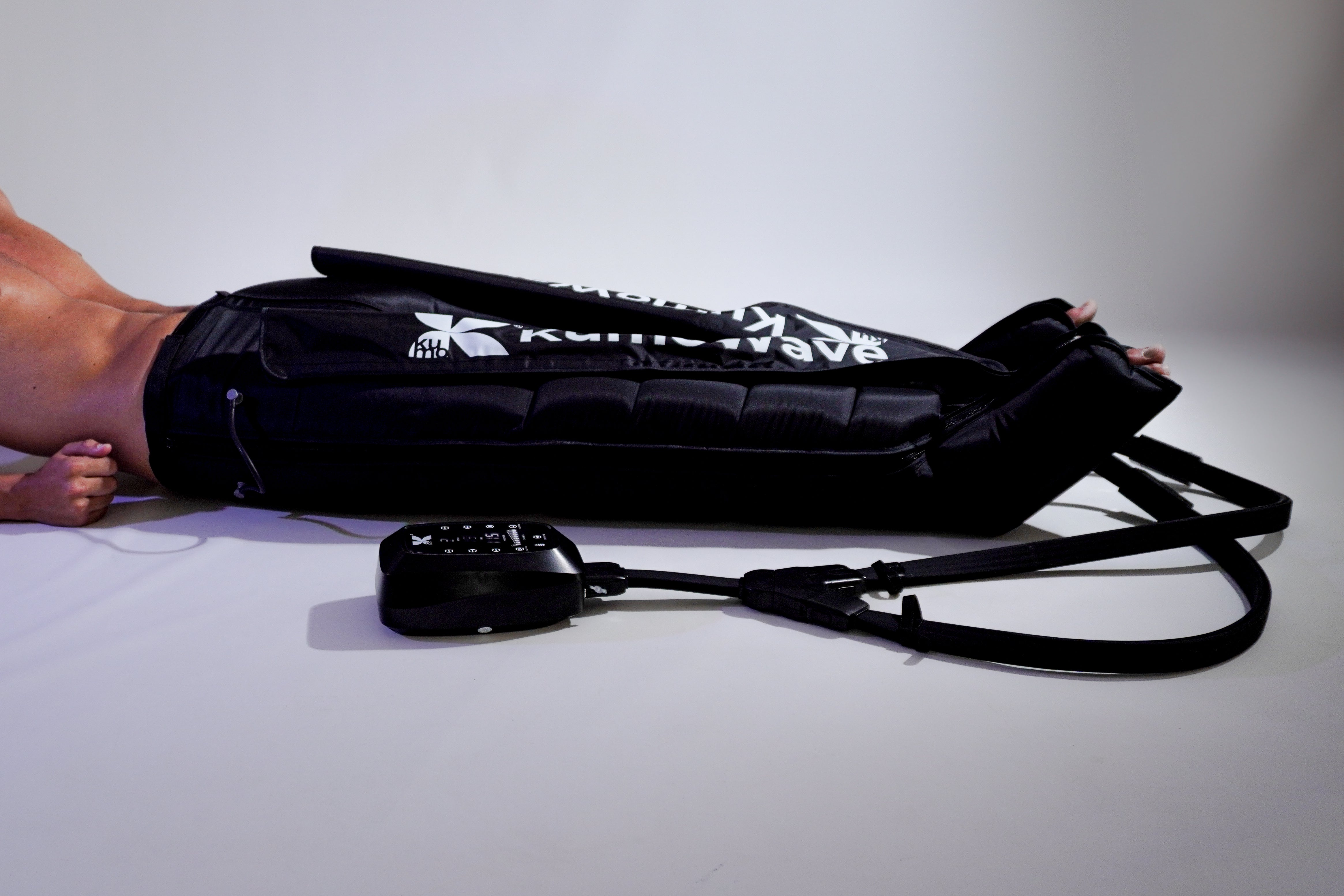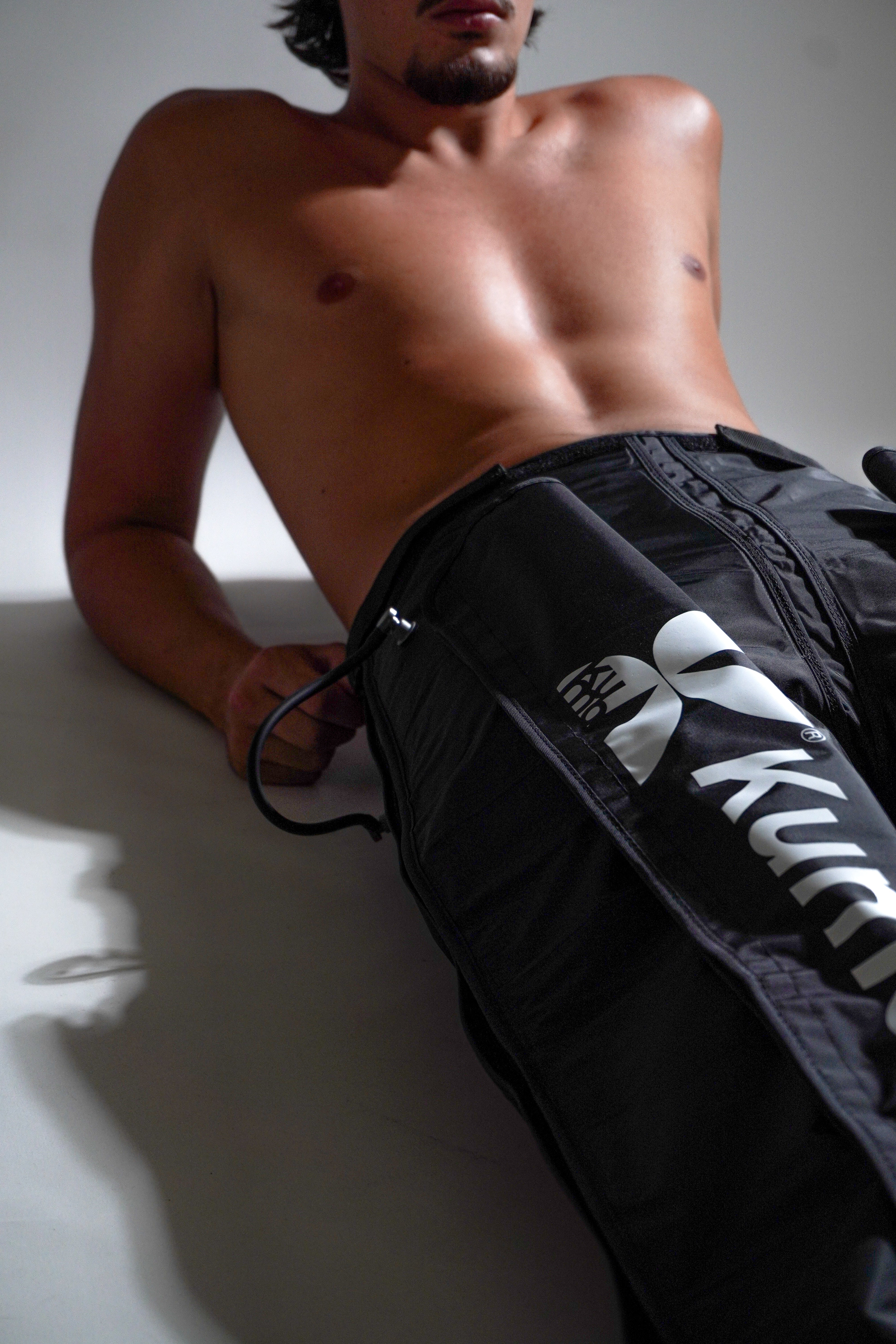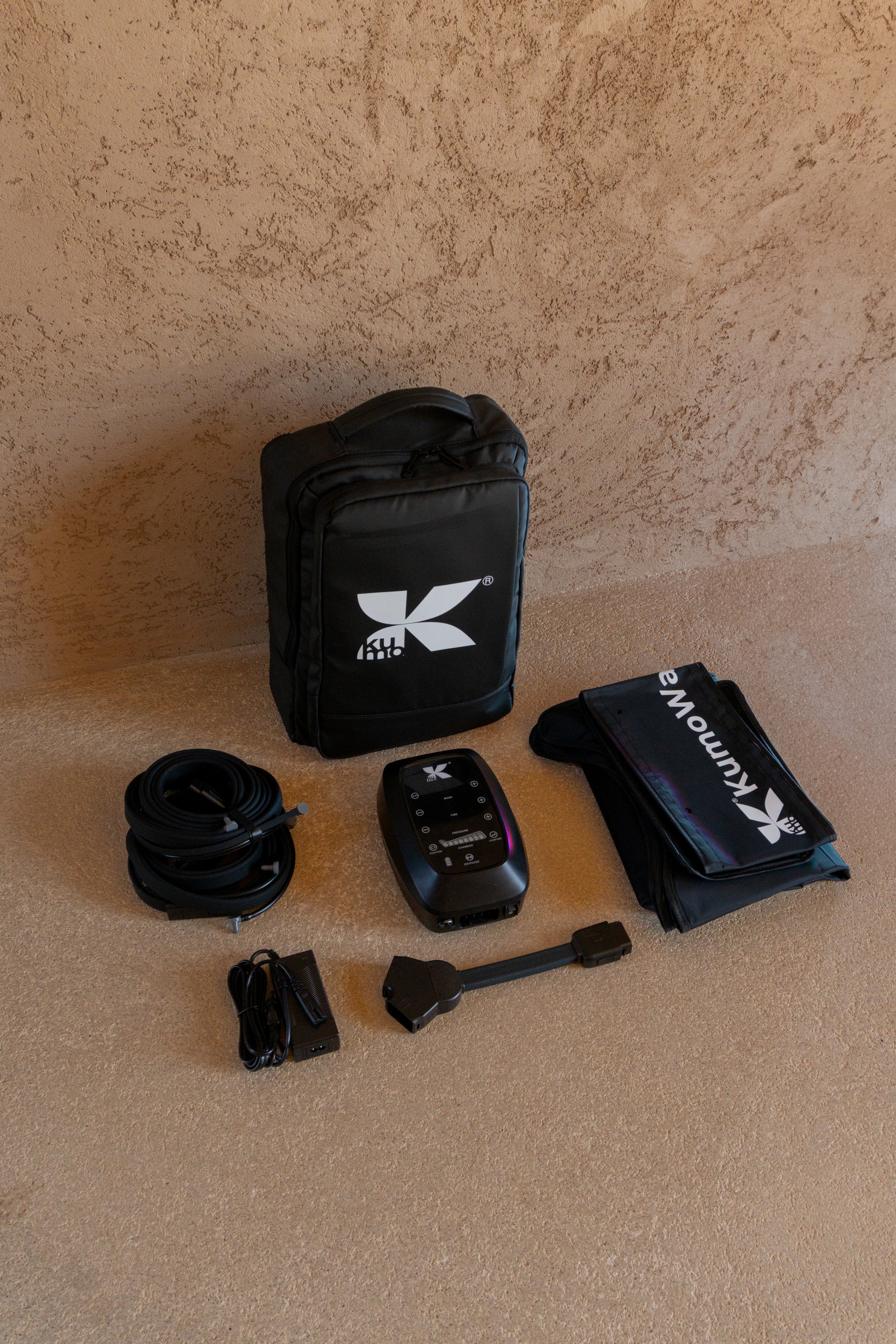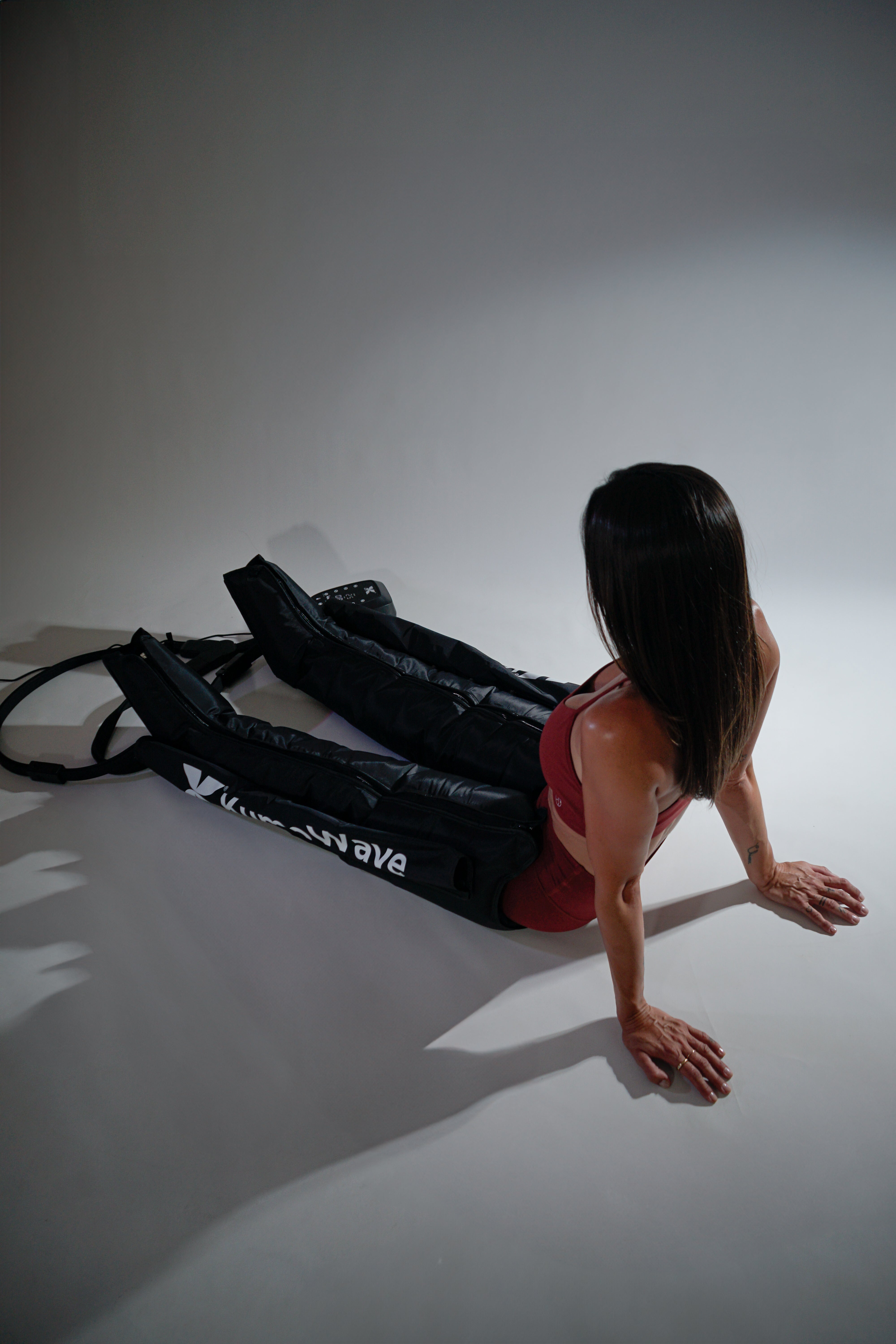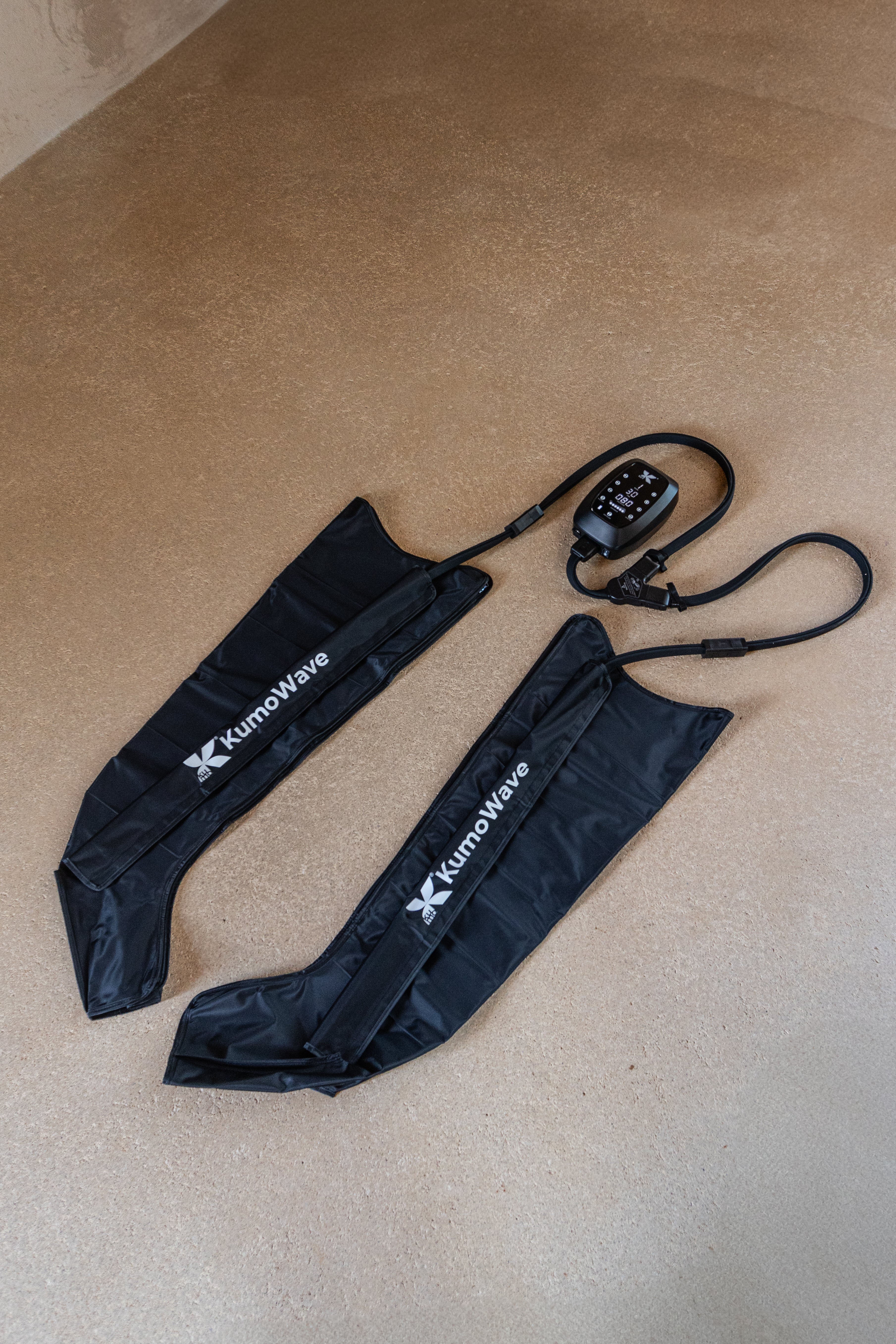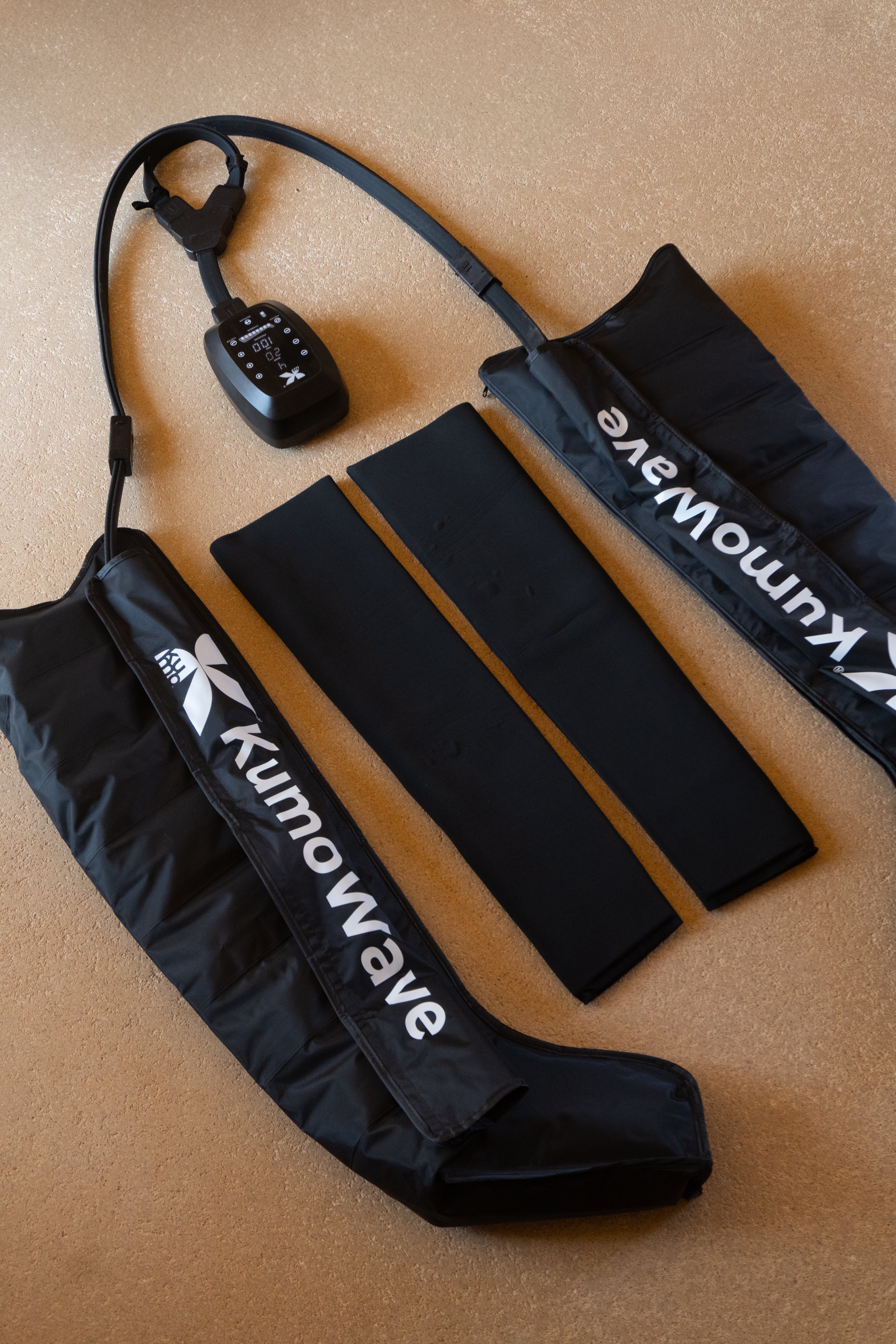Postoperative lymphatic drainage: when to start and how to do it right. If you're recovering from surgery, this guide explains the right timing, safe techniques, and the real benefits for reducing edema, pain, and fibrosis—always with your surgeon's approval.
Coming soon
- Drainage should only be started with medical authorization, usually within the first week after surgery.
- In aesthetics (liposuction, abdominoplasty, mammoplasty) it helps reduce inflammation and improve tissue mobility.
- Prioritize gentle, painless maneuvers aimed at “clearing” lymph nodes before draining.
- Avoid recent incisions, areas with infection, thrombosis or acute pain.
- Supplements such as pressure therapy and red light can support recovery, in later stages and with supervision.
| Clue | What it entails |
|---|---|
| When to start | After the surgeon's examination; this is usually during the first week if there are no complications. |
| How it's done | Gentle, rhythmic, pain-free maneuvers; 30–45 min sessions, 1–3 times/week initially |
| Benefits | Less edema and tension, less fibrosis, better range of motion and comfort |
| Risks | Worsen if there is infection, thrombosis, open wounds or hypersensitivity; always rule out first |
| Supports | Pressotherapy, red/NIR LED light, self-management (breathing, hydration, gentle mobility) |
What is lymphatic drainage and why is it important in the postoperative period?
Lymphatic drainage is a gentle manual technique designed to activate the lymphatic system to mobilize fluids and metabolites. After surgery, inflammation and edema are normal responses, but excess interstitial fluid slows healing and promotes fibrosis.
The postoperative goal is to reduce inflammation, relieve skin tension, and improve tissue glide without interfering with sutures. In plastic and reconstructive surgery, manual lymphatic massage (MLM) is used as an adjunct to a comprehensive plan that may include compression and progressive mobilization. Clinical evidence suggests benefits in comfort and volume, although these vary depending on the procedure and protocol used.
When to start after surgery
The short answer: when your surgeon approves. The exact timing depends on the type of procedure, the condition of the incisions, and the presence of drainage or hematomas.
- Cosmetic surgery (liposuction, abdominoplasty, breast augmentation/reduction): This surgery usually begins during the first week, avoiding pressure on sutured areas or areas with marked bruising.
- Orthopedic and trauma surgery: can be introduced early to modulate distal edema, as long as pain and stability allow.
- Oncologic surgery (e.g., lymphadenectomy): requires specific protocols and follow-up to prevent or manage lymphedema.
Signs that you shouldn't start yet: fever, progressive redness, intense pain, purulent discharge, suspected thrombosis, wound dehiscence, or specific instructions from your medical team.
How it's done: safe techniques and protocol
Postoperative drainage is not a "hard massage." It should be gentle, rhythmic, and targeted, with clear objectives.
Basic principles
- “Clear before draining”: first, perform maneuvers close to healthy lymph nodes (supraclavicular, axillary, inguinal) to create a proximal “vacuum.”
- Minimal pressure and no pain: Lymph is located in superficial tissue; excessive force is counterproductive.
- Respect the surgical field: avoid incisions, areas with active hematomas, and tension points.
- Gradual progression: increase areas and time according to tolerance and evolution.
Indicative frequency and duration
- 30–45 minutes per session.
- 1–3 sessions per week in the first weeks, progressively reducing according to response.
- Gentle daily self-care (diaphragmatic breathing and very light perilesional drainage) if taught to you by your physical therapist.
Pro tip: Document the progression of your edema and mobility with photos. This will help you fine-tune your plan with your therapist and surgeon.
Expected benefits and limits of the evidence
The most reported benefits include reduced edema, relief of pain from skin tension, improved tissue mobility, and a lower risk of fibrosis or seromas. In the context of lymphedema, lymphatic massage is part of Complex Decongestive Therapy, supported by guidelines from the International Society of Lymphology (2020 consensus document). See the ISL consensus .
In surgery, results vary depending on the procedure and protocol. Reviews of MLD in patients with breast cancer show modest benefits as an adjunct to compression and exercise, with a favorable safety profile. Cochrane summary In practical terms, it is a useful tool as part of a multimodal strategy, not a stand-alone solution.
For a clear clinical description of MLD and its general indications, you can review the Cleveland Clinic guidelines.
Risks, contraindications and warning signs
Before any session, you must rule out:
- Active infection (cellulitis), fever, or inflammation with local heat.
- Deep vein thrombosis or decompensated heart failure.
- Open wounds, active bleeding, uncontrolled acute pain.
- Marked cutaneous hypersensitivity or severe neuropathy.
Stop and seek medical attention if you experience sudden increases in pain, spreading redness, discharge, dizziness, or palpitations. Individualized care and collaborative work with your medical team are key to avoiding complications.
Tools and supports that add up at home
Professional lymphatic drainage can be complemented with recovery technologies, always at the appropriate stage and with clear guidelines.
- Intermittent pressotherapy: useful for promoting venous return and managing edema when wounds are closed and the surgeon approves it. Discover quality options in KUMO's pressotherapy collection.
- Photobiomodulation (red and near-infrared light): Evidence suggests it can help modulate inflammation and support tissue repair as an adjuvant, with specific protocols and incision protection as directed. Explore our LED light therapy .
- Guided self-care: diaphragmatic breathing, elevating limbs, hydration, and short walks help the natural lymphatic pump.
- Late-stage myofascial release: For muscle tension far removed from scar tissue, a percussion device may be helpful, always avoiding the treated area. See the KumoPulse Air .
If you have questions about when to introduce each tool in your case, contact our team from the contact page or check out the resources in KUMO Balance .
Preparation and complementary care
- Hydration and nutrition: Sufficient water, quality protein, and micronutrients (vitamin C, zinc) support healing.
- Graduated compression: If indicated, enhances the drainage effect by maintaining fluid balance.
- Movement: Microwalks and joint pumping exercises (ankles, knees, shoulders) facilitate lymphatic return.
- Skin and scars: proper hygiene, sun protection, and scar massage only when authorized by a professional.
Sample guideline plan (4 weeks)
- Week 1: Medical examination; start gentle MLD if authorized. Focus on clearing and proximal drainage, without touching incisions.
- Week 2: 1–3 sessions/week; introduce compression if indicated; short walks daily.
- Week 3: Progression of drainage to areas with residual edema; gentle mobility exercises.
- Week 4: Continue sessions based on response; consider pressotherapy or photobiomodulation if approved by the surgeon; self-care education.
This outline is general; your actual plan should be individualized.
FAQ
When is it too soon for lymphatic drainage after liposuction?
Too soon is defined as when there is no medical clearance or the incisions are not stable. The initial evaluation is done by your surgeon; if there are no signs of infection, bleeding, or acute pain, gentle drainage may be inserted within the first week. Avoid direct pressure on treated areas and bruising. If you are wearing a support or compression garment, coordinate with your therapist to remove and replace it properly during the session. If fever, localized warmth, or progressive redness develops, postpone the procedure and consult a doctor.
How many sessions do I need to notice less edema?
It depends on the extent of the surgery, your individual response, and whether there is adequate compression and movement. Many people experience relief after 1–3 sessions, and more stable improvement in 2–4 weeks with a multimodal approach. The goal is to reduce volume, relieve tension, and improve mobility. Photographic and sensation tracking helps adjust frequency. If there is no change after several sessions, review the strategy with your team.
Can I do lymphatic drainage at home?
Yes, but you should be instructed by a professional to avoid undue pressure or misdirection, especially near scars. Self-management includes diaphragmatic breathing, elevating limbs, and very gentle, pain-free maneuvers toward nearby lymph nodes. Complement this with short walks, hydration, and, when safe, graduated compression. Avoid any technique on wounds, areas with infection, or acute pain. If in doubt, prioritize a guided session.
Does pressotherapy replace lymphatic massage?
No. Intermittent pressure therapy can be an excellent complement to modulating edema and heaviness, but it does not replace manual assessment or specific work around surgical areas. It is introduced once wounds are closed and with medical clearance. An effective plan typically combines manual drainage, compression, movement, and, if appropriate, assistive technologies. See quality options in our pressure therapy section.
Does red light help with postoperative recovery?
Red/near-infrared light photobiomodulation shows promising evidence for modulating inflammation and supporting tissue repair as an adjuvant, always with appropriate protocols and incision protection as prescribed. It is not a substitute for medical care or manual drainage, but can be an integral part of a comprehensive plan. To learn about devices and guidelines, visit our LED light therapy section and consult your specialist.
To remember
- Postoperative lymphatic drainage begins when your surgeon authorizes it; safety first.
- Gentle, painless, and well-directed techniques make all the difference.
- Combine it with compression, movement, hydration and good skin care.
- Technologies such as pressotherapy and red light are valuable adjuvants at the right time.
- Adjust your plan based on your progress and warning signs; prioritize teamwork with your therapist and surgeon.
- Ready to optimize your recovery? Explore wellness solutions at KUMO Balance or contact us through our contact page .
